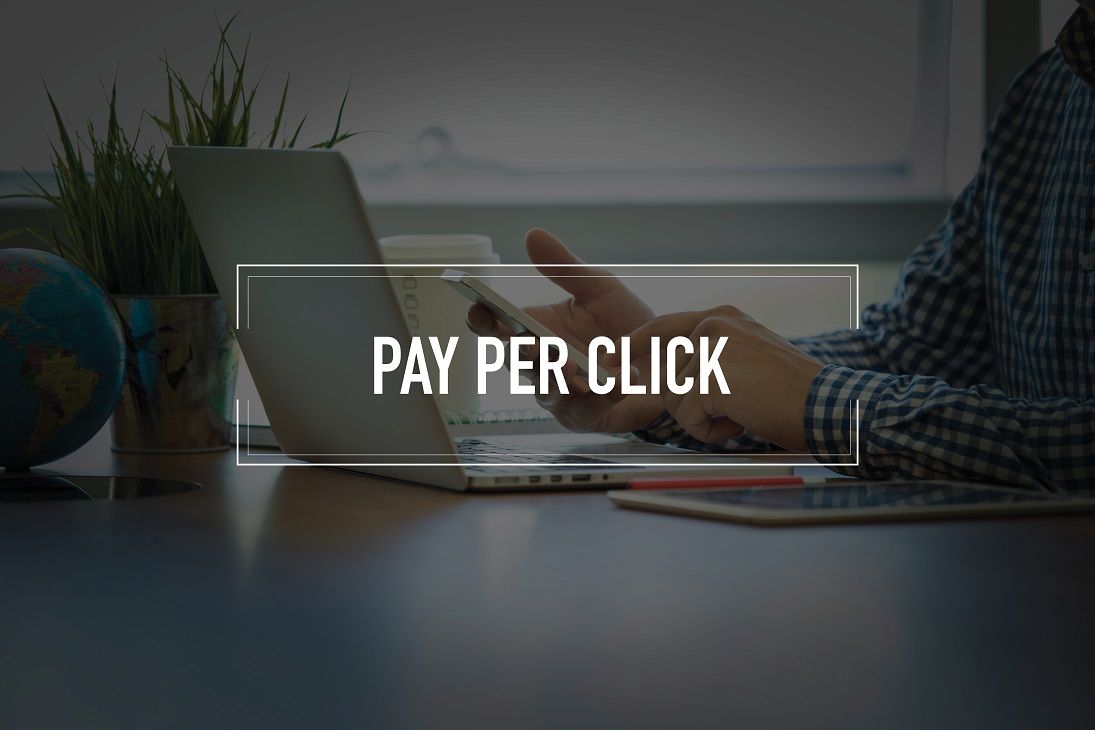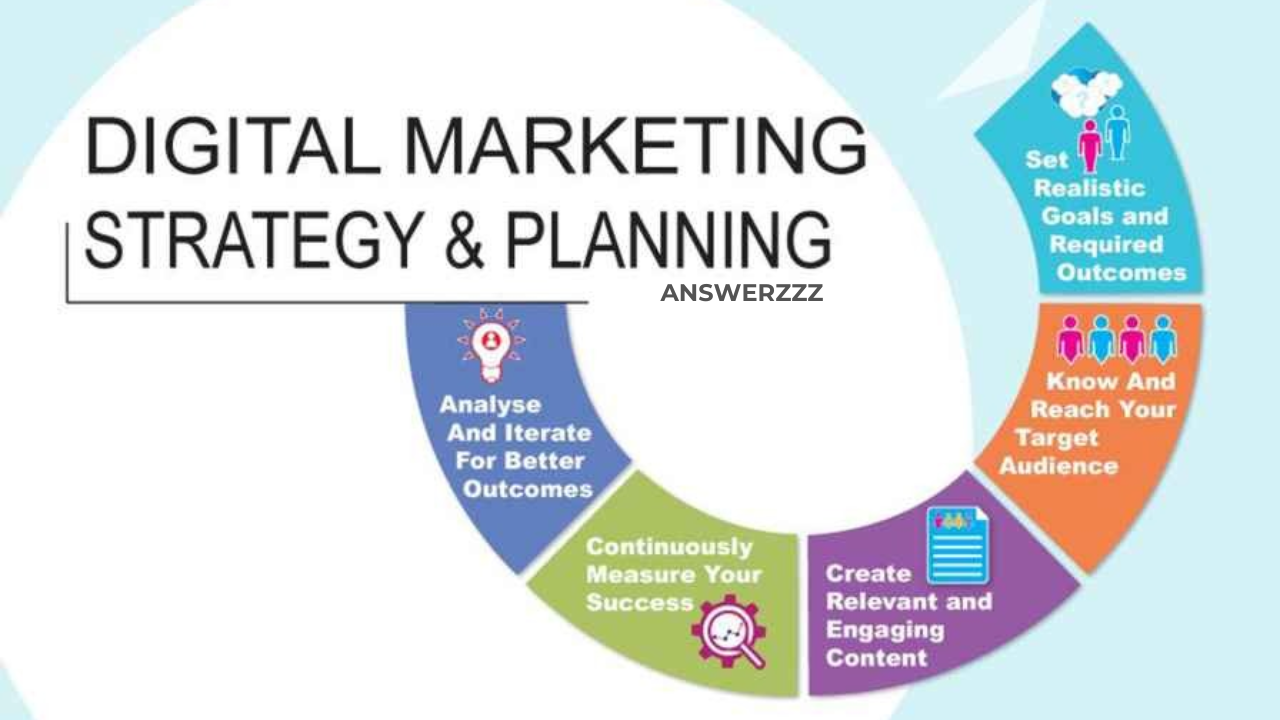In today’s digital age, having a robust online presence is essential for small businesses. Whether you’re a local coffee shop, a boutique retail store, or a service provider, your customers are online, and so should your business. However, with limited resources and budgets, small businesses often face unique challenges when navigating the vast world of digital marketing. The good news is that with the right strategies, small businesses can compete effectively online. In this guide, we’ll cover practical digital marketing tips for small businesses to help you grow your audience, improve customer engagement, and ultimately drive sales.

1. Understand Your Target Audience
Before launching any digital marketing campaign, the first step is to clearly define and understand your target audience. Knowing who your customers are—what they like, their pain points, where they hang out online, and their shopping behaviour—will allow you to create more focused and effective marketing strategies.
Actionable Steps:
- Create Buyer Personas: A buyer persona is a semi-fictional representation of your ideal customer. Include details like age, gender, job title, interests, and online behaviour.
- Conduct Surveys: Use tools like SurveyMonkey or Google Forms to collect data from your current customers about their preferences and needs.
- Analyze Competitor Audiences: Study your competitors to see what types of customers engage with their brand online and mirror that in your research.
Sustainable Living Tips: A Comprehensive Guide to Going Green
2. Develop a Strong Social Media Presence
Social media is one of the most cost-effective ways for small businesses to reach potential customers. Platforms like Facebook, Instagram, Twitter, and LinkedIn allow businesses to engage directly with their audience, share updates, and showcase their products or services. However, it’s important to select the right platforms that align with your target audience.
Actionable Steps:
- Choose the Right Platforms: Focus on the platforms where your audience spends most of their time. For example, Instagram is ideal for visually-driven brands like fashion or food, while LinkedIn is more suited for B2B businesses.
- Post Consistently: Develop a social media content calendar to ensure regular posting. Consistency is key to staying top-of-mind for your audience.
- Engage with Followers: Respond to comments, messages, and reviews. Engagement helps build trust and loyalty with your audience.
3. Invest in Content Marketing

Content marketing is an excellent way to provide value to your audience, build trust, and establish your brand as an authority in your industry. It involves creating and sharing high-quality content like blog posts, videos, infographics, and eBooks that are relevant to your audience.
Actionable Steps:
- Start a Blog: Blogging is an effective way to drive traffic to your website. Write about topics that address your audience’s pain points or answer their questions.
- Create Evergreen Content: Focus on creating content that remains relevant over time, such as “how-to” guides, industry tips, and product tutorials.
- Repurpose Content: Maximize the value of your content by repurposing it across multiple platforms. Turn a blog post into a video or create an infographic from a webinar.
4. Optimize Your Website for Search Engines (SEO)
Search engine optimization (SEO) is essential for driving organic (unpaid) traffic to your website. With proper SEO, your website can appear at the top of search engine results for keywords related to your business. SEO requires ongoing effort, but the rewards can be significant in terms of visibility and leads.
Actionable Steps:
- Perform Keyword Research: Use tools like Google Keyword Planner or Ahrefs to identify the keywords that your target audience is searching for. Incorporate these keywords into your website’s content, titles, and meta descriptions.
- Optimize for Mobile: With the majority of web traffic now coming from mobile devices, your website must be mobile-friendly. Google also prioritizes mobile-optimized sites in its rankings.
- Improve Website Speed: Slow-loading websites leads to higher bounce rates, which negatively impacts SEO. Use tools like Google PageSpeed Insights to check and improve your website’s load time.
Productivity Hacks for Remote Workers: Maximizing Efficiency from Home
5. Leverage Email Marketing
Email marketing is a powerful tool for nurturing leads, building relationships, and driving sales. For small businesses, email marketing offers a direct line of communication with customers and prospects, and it’s relatively inexpensive compared to other forms of marketing.
Actionable Steps:
- Build an Email List: Start by collecting email addresses from your website visitors, social media followers, and in-store customers. Use sign-up forms, lead magnets (e.g., a free eBook), and pop-ups to encourage subscriptions.
- Segment Your Audience: Divide your email list into segments based on criteria like purchase history, location, or engagement level. This allows you to send more personalized and relevant emails.
- Create Engaging Email Campaigns: Use a mix of promotional content (e.g., special offers) and educational content (e.g., tips and advice) to keep your audience engaged.
6. Use Pay-Per-Click (PPC) Advertising

PPC advertising, such as Google Ads or Facebook Ads, allows you to reach a larger audience quickly. While it does require a budget, PPC can be highly effective for driving targeted traffic to your website, especially for short-term campaigns like product launches or seasonal promotions.
Actionable Steps:
- Set a Budget: Determine how much you can afford to spend on PPC advertising. Start small, and increase your budget as you begin to see results.
- Target Specific Audiences: Most PPC platforms allow you to target specific demographics, interests, and behaviours. This ensures that your ads are shown to people who are most likely to be interested in your products or services.
- Monitor and Optimize Campaigns: Continuously monitor the performance of your PPC campaigns. Look at metrics like click-through rates (CTR) and conversion rates to see what’s working, and adjust your ads accordingly.
7. Utilize Local SEO
If you’re a small business that relies on local customers, local SEO should be a top priority. Local SEO helps your business appear in local search results, especially on Google Maps and Google My Business listings.
Actionable Steps:
- Claim Your Google My Business Listing: Ensure your business is listed on Google My Business, and that all information—such as address, phone number, hours of operation, and website—is accurate.
- Encourage Customer Reviews: Positive online reviews can improve your local search ranking. Ask satisfied customers to leave a review on Google or Yelp.
- Use Local Keywords: Incorporate location-specific keywords in your website content, such as “best pizza in San Diego” or “plumber near me.”
8. Harness the Power of Video Marketing
Video content is booming, and small businesses can use it to their advantage without needing a huge production budget. Platforms like YouTube, Instagram, and TikTok make it easier than ever to create and share engaging video content that resonates with your audience.
Actionable Steps:
- Create Product Demos: Showcase your products in action with short demo videos that highlight their features and benefits.
- Share Customer Testimonials: Video testimonials from happy customers are incredibly persuasive and can help build trust with potential buyers.
- Go Live: Live video is a great way to engage with your audience in real time. Host live Q&A sessions, product launches, or behind-the-scenes tours of your business.
9. Collaborate with Influencers or Brand Ambassadors
Influencer marketing is not just for large corporations. Small businesses can also collaborate with local influencers or micro-influencers (those with smaller, highly engaged followings) to promote their products or services.
Actionable Steps:
- Find the Right Influencers: Look for influencers who align with your brand values and have an engaged following that matches your target audience.
- Offer Free Products or Services: In exchange for promoting your business, offer influencers a free sample or a discounted service.
- Monitor Results: Track the performance of your influencer collaborations by monitoring traffic, sales, or social media engagement generated from their posts.
10. Track and Analyze Your Results

Digital marketing is an ongoing process, and one of the keys to success is continuously tracking and analyzing your results. This allows you to see what’s working, and what’s not, and how you can adjust your strategies for better performance.
Actionable Steps:
- Use Google Analytics: Google Analytics is a free tool that allows you to track website traffic, user behaviour, and conversions. Set up goals to measure important actions, like purchases or newsletter sign-ups.
- Monitor Social Media Metrics: Pay attention to metrics like likes, shares, comments, and follower growth to measure the effectiveness of your social media campaigns.
- A/B Test Your Campaigns: Whether it’s an email subject line or a Facebook ad, run A/B tests to compare different versions of your content and determine which performs better.
Digital marketing offers small businesses incredible opportunities to grow their brand, reach new customers, and increase sales. By understanding your target audience, leveraging social media, optimizing your website for SEO, and using other cost-effective marketing strategies, your small business can build a strong online presence without breaking the bank. The key is to start small, stay consistent, and continuously optimize your efforts based on data-driven insights. Whether you’re just starting or looking to enhance your existing strategies, these tips will set you on the path to digital marketing success.
A Visual Investigation: Examining the Advantages of Data Analysis in the Mobile Gaming Industry



